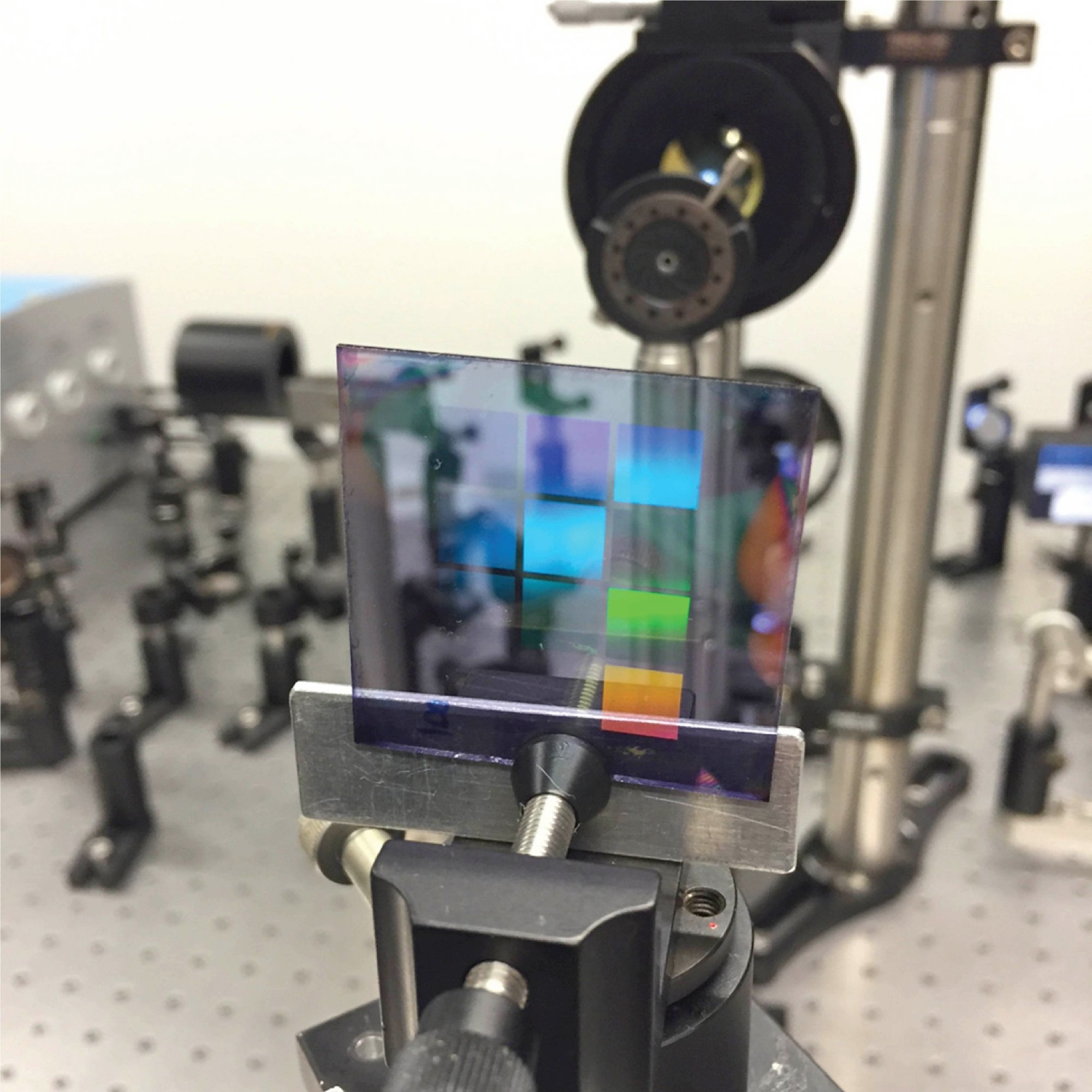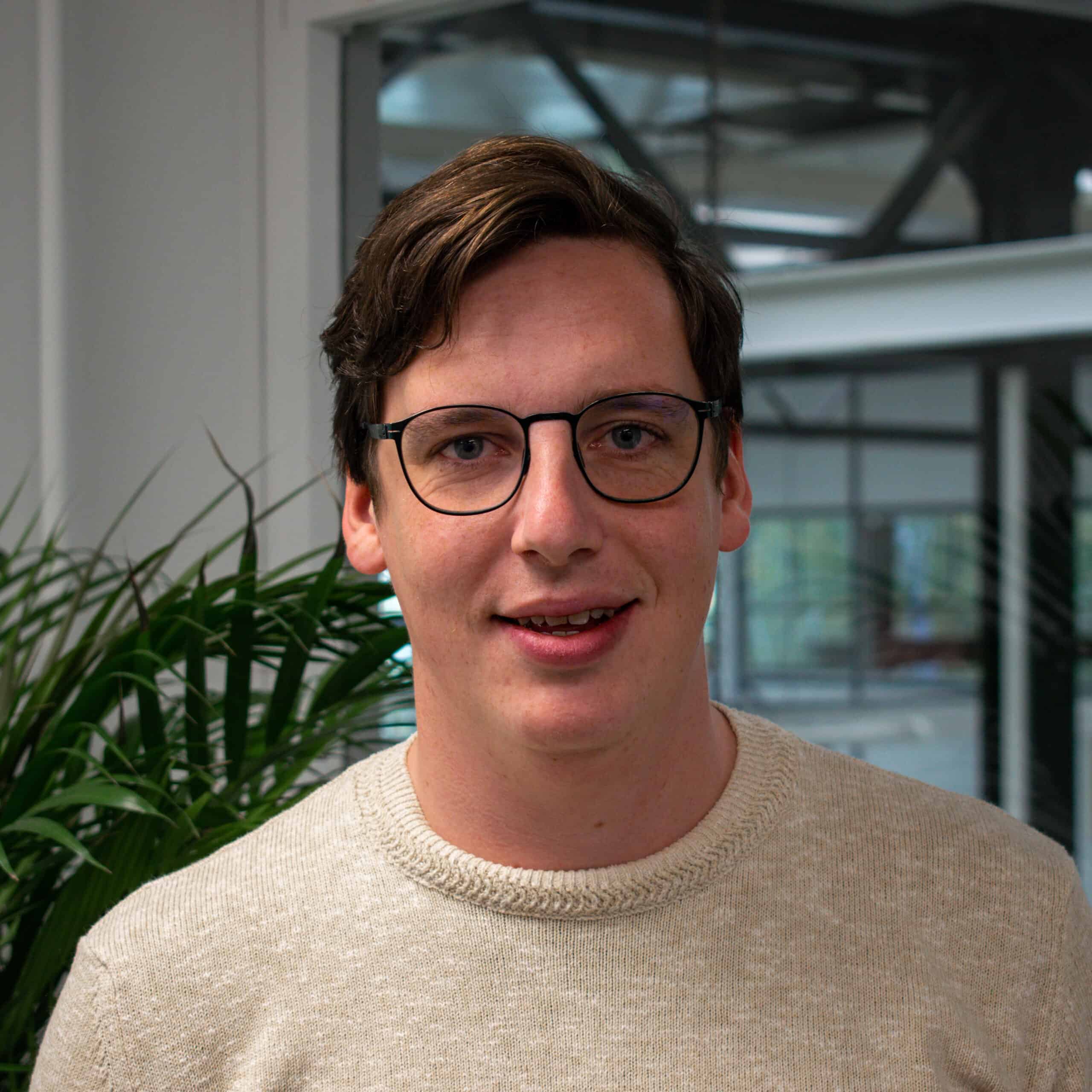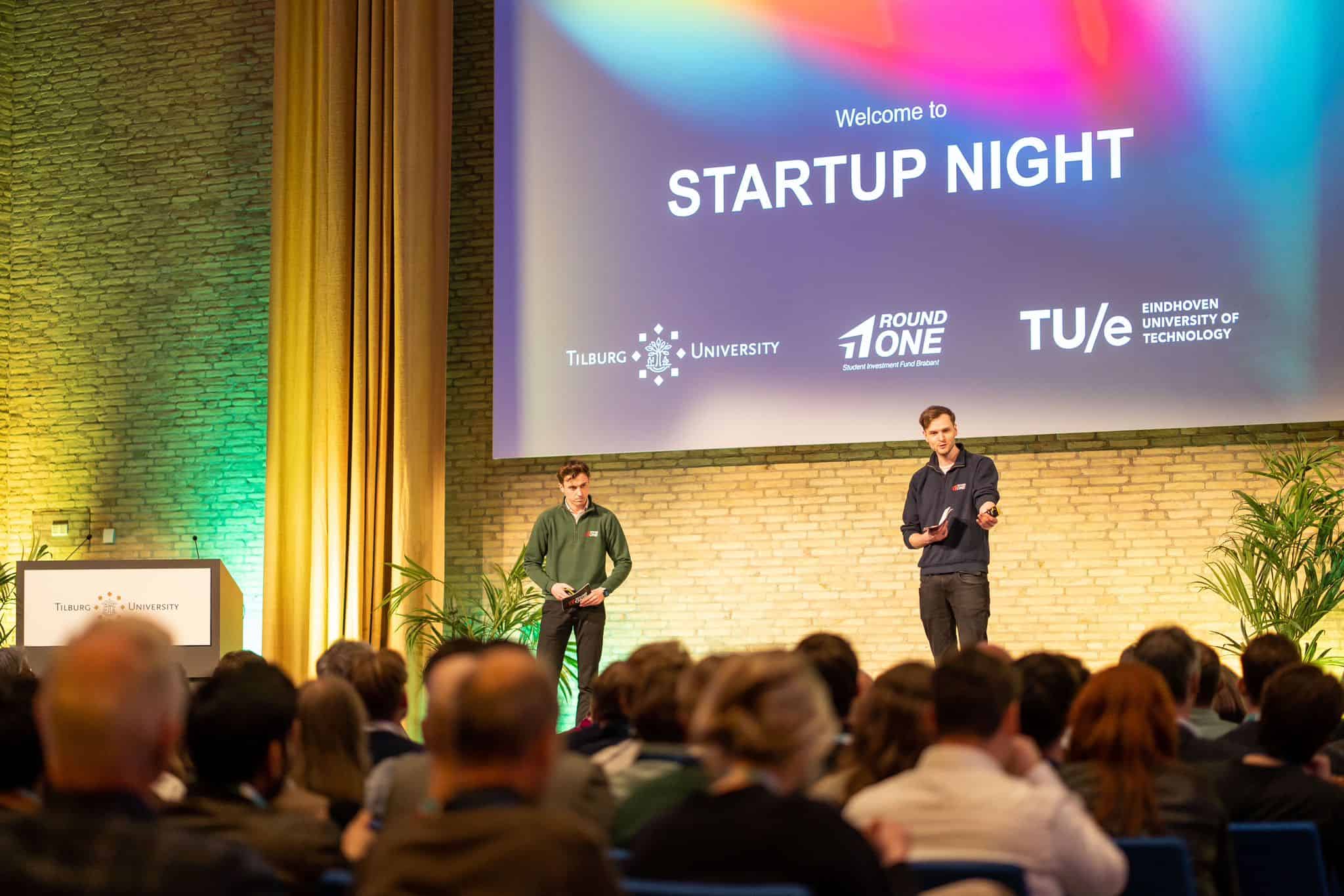
Researchers from the Eindhoven University of Technology and DIFFER have developed a nanolaser that provides light in all directions. The fact that the laser gives light all around is due to something you normally do not want in nanotechnology: errors in the material. The researchers think that this laser can have many new applications, but hope other scientists will work with the results. The research was published in Physical Review Letters on Friday.
The structures that are made in nanoscience are so small that it is almost impossible to make them perfect. Such a lack of grip on the exact shape and composition is normally a curse for science and technology. But researchers from the Eindhoven University of Technology have benefited from this. They deliberately allowed a little chaos in the material they used to make nanolasers. That little bit of disorder caused a big change: the laser no longer shone in just one direction, but in all directions.
Principal researcher Professor Jaime Gomez Rivas thinks that the new laser can be used in all kinds of areas. Compared to LEDs, the light is much brighter and more narrowly defined. Therefore, it would be well suited for light on microscopes, where LEDs are still the standard. LIDAR is another possible application (Laser Imaging Detection And Ranging). This technology is used in cars, for example, for distance measurements. Today’s LIDAR systems have one or more lasers and a set of fast-moving mirrors to achieve a large surface area with light. A laser that shines in all directions does not need these mirrors, which could make the systems much simpler. And even ordinary lighting is a possible application, says Gomez Rivas. “But our results are very fundamental. Above all, we hope that this will encourage other researchers to achieve even better results, for example by further lowering the laser threshold and increasing the number of colours.”
The research group that did this study is part of the Faculty of Applied Physics at the Eindhoven University of Technology and its Institute for Photonic Integration. The group was formerly part of the research institute DIFFER, where the experimental part of this research was carried out.
Photo: Alexei Halpin, TU Eindhoven








